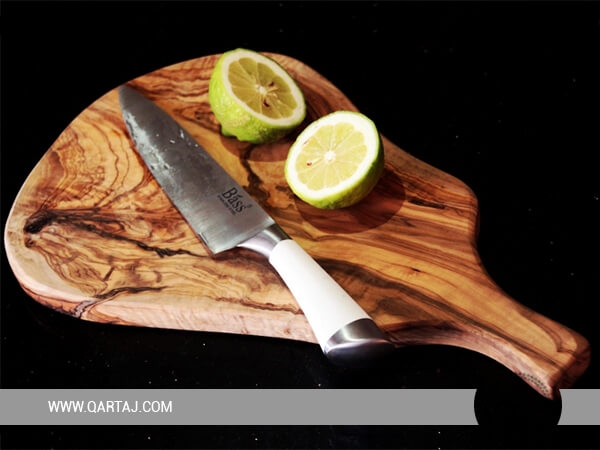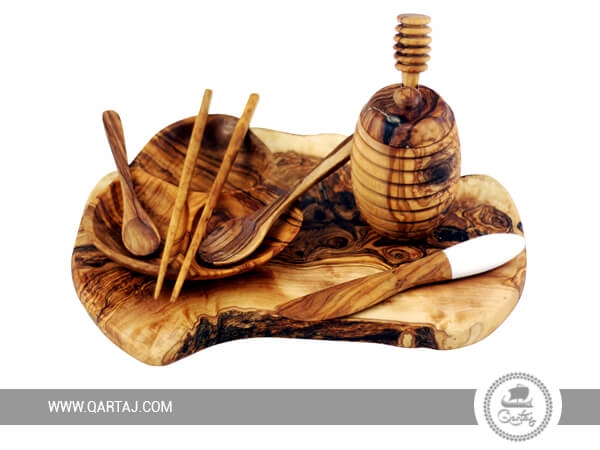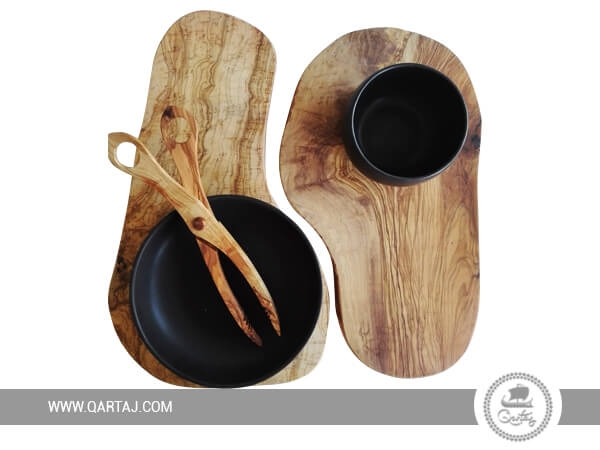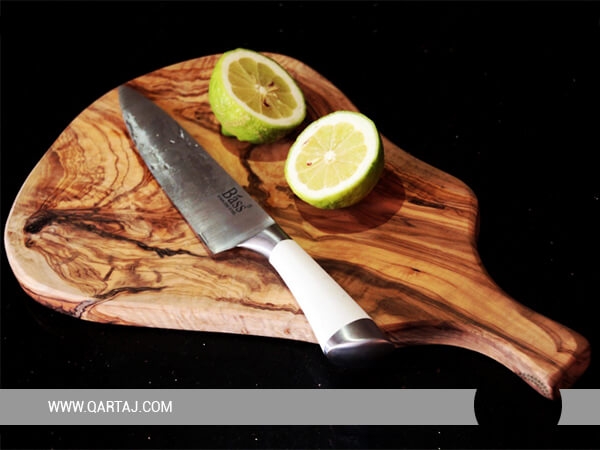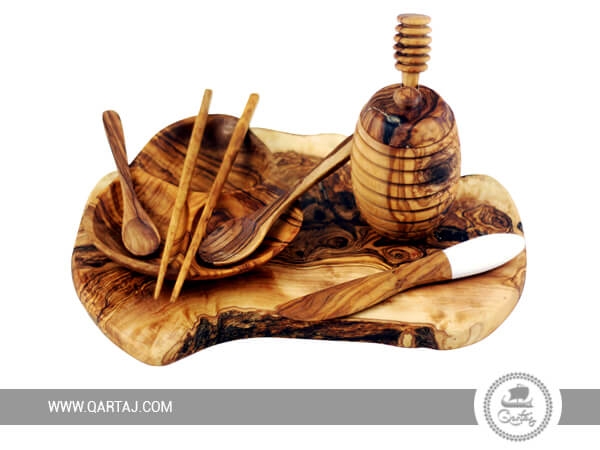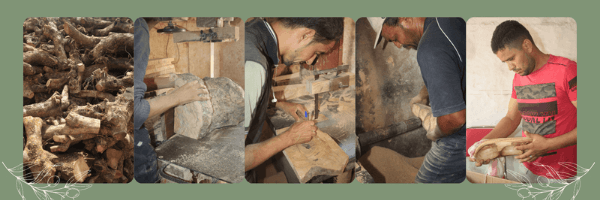
In 60,000 BC. wild olive groves grew in the western part of the Mediterranean basin and in the Middle East. The wild olive or oleaster grew unaided all over the Mediterranean. Historians agree that the cultivation of olive trees was started by the Amazigh in North Africa, long before the arrival of the Romans and the development of olive plantations by the Carthaginians. It is even possible that the Tamazight (language of the Amazigh or “Berber” people) word “Oleaster” is the origin of the Greek word ἐλαία [elaia] and the Latin name olea used by the Romans. It was the Phoenicians and Punic peoples who began cultivating olive trees on a large scale. The construction of an important economic branch started. During Carthaginian and Roman times, the industry flourished, as evidenced by the work of the Carthaginian scholar Magon, considered the father of agriculture for his twenty-eight volume encyclopedia on agriculture, in which he emphasized the importance of olive cultivation since Punic civilization, as evidenced by the remains of stone mill presses that can be found all over the Tunisian countryside. The oldest recovered olive tree in Tunisia can be found in Cap Bon in the village of Echraf.

The olive tree has become a mythical symbol and an integral part of the history of the various Mediterranean civilizations and peoples. Throughout its long history, man has managed to domesticate the olive tree and extract its treasures. Olive oil and olive wood are still part of our kitchens, interiors and present on our table. Olive wood, olive oil and olives have outgrown the Mediterranean and are popular all over the world, mainly because of their positive impact on our health. Tunisian olive oil is known for its very high proportion of antioxidants. Olive oil is also good for digestion and heart and vessels.
Today we would like to speak about the beauty of the tree itself and the wood that the olive tree produces. Olive wood is highly sought after for various applications. Not only the olive or the oil has special properties, the wood of the olive tree is also unique.
Olive usually grows in a very twisted and irregular fashion, with a large number of side branches twisting the trunk in many directions. This random deformation creates a special pattern in finished products.
Visually, olive wood has a strikingly rich and colorful appearance, making it perfect for use in decorative objects. The structural features are highly contrasting brown lines and yellow sapwood streaks, and more importantly, the olive wood surface is easily highly polished. The wood has a distinct, pleasant and sweet scent when cut, and this scent usually remains in the final product for years.
Today there are hundreds of different olive wood products from all over the Mediterranean area. Qartaj puts Tunisian olive wood products first and this is not a random decision. Olive oil and olives are a huge agricultural sector in the Tunisian economy. Due to the large number of trees, some 65 million today, the wood and its by-products can be found everywhere. In olive cultivation, a rare recycling cycle has developed, so that the olive wood that Qartaj sells is not only beautiful, it is also sustainable.
Old trees that no longer produce olives are felled and processed into durable and timeless useful products for kitchen, bathroom and other decoration. In the place of the old tree, young trees are planted again, so that nature remains in balance and the olive tree is used to its full potential.
The branches that do not produce olives anymore are cut and processed. They are cut into the desired size for the final product. Next they are worked on with a wood grader or by hand, depending on the final product. The wood is then measured and carved into the final shape (spoon, chopping board, bowl…). After the shaping, the product gets a royal finishing with olive oil to strengthen the wood and give it its well known golden shine. The olive oil is used to seal the wood and nourish it.
Olive wood can be used in so many different ways due to its positive properties. For example, it is antibacterial, resistant to stains and very hard. The wood will not swell on contact with liquids and remains very smooth. Olive wood products can safely be used for years and are a perfect replacement for plastic products or products made of less quality woods.
There are many modern interpretations of olive wood products. Smoothly finished bowls, spatulas, cutting boards ... as well as more rustic products where sometimes the bark of the tree can still be seen, which contributes to the natural and Mediterranean appearance of this unique gift of nature.






